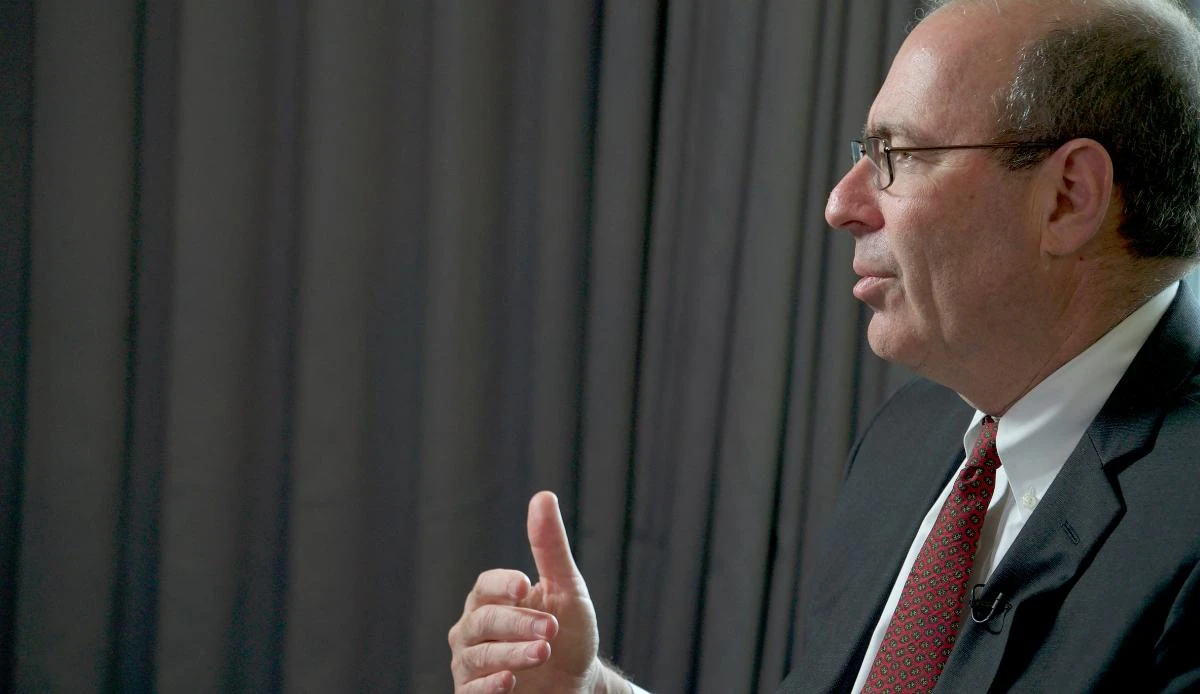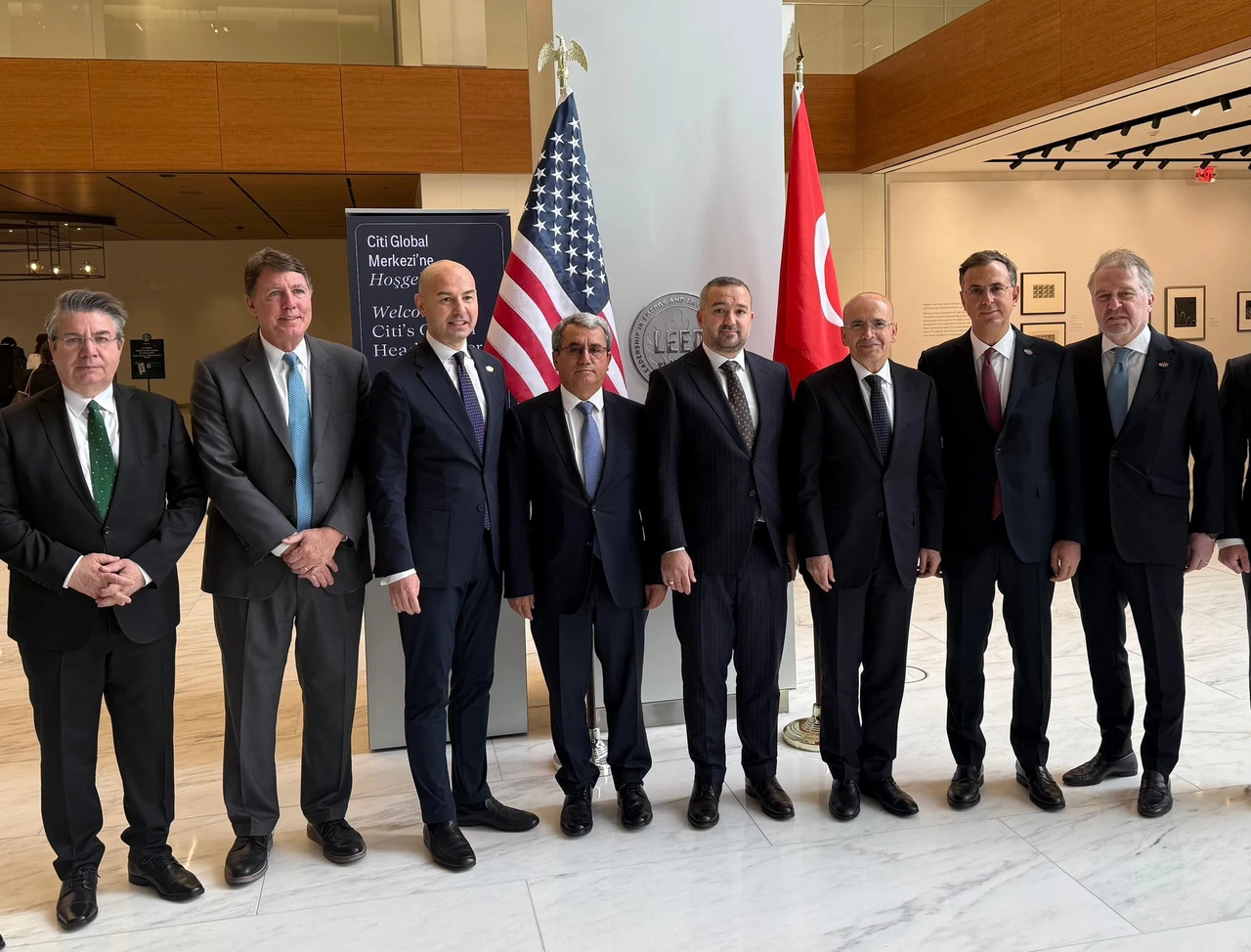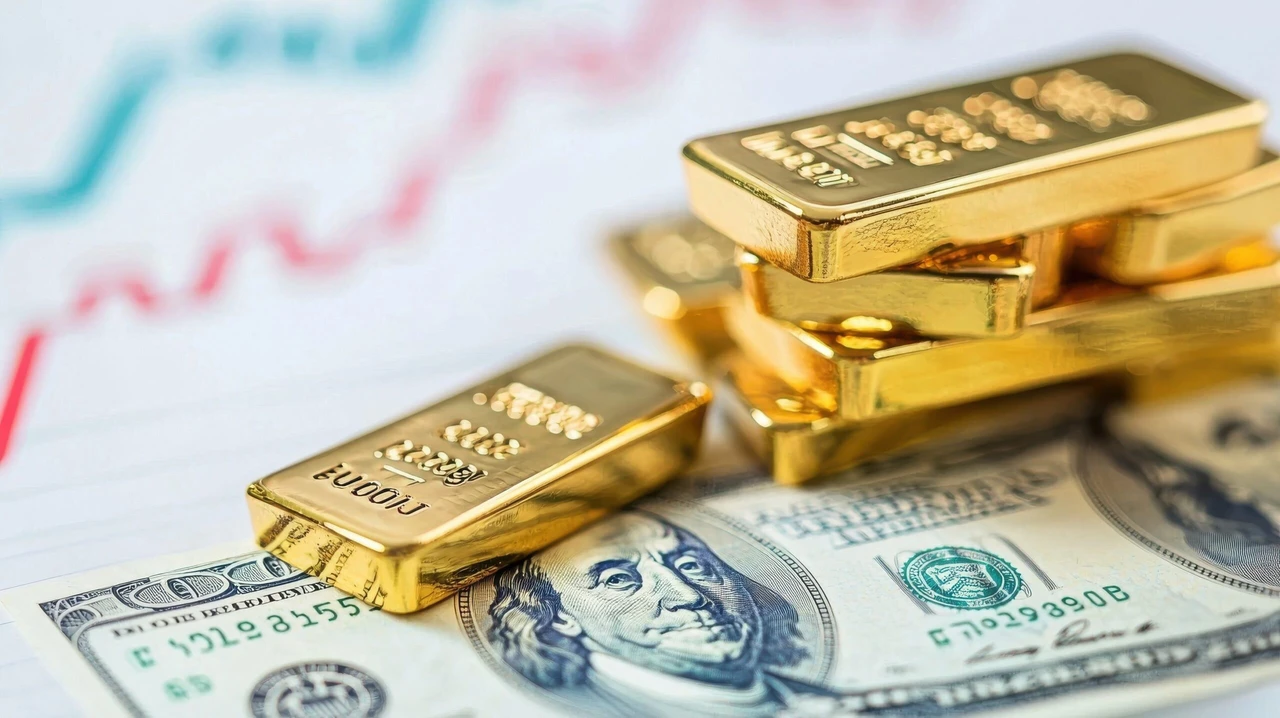US consumer inflation accelerates, diminishing hopes for early Fed rate cut

The US consumer inflation rate continues to rise, raising concerns about the Federal Reserve’s monetary policy position as Labor Department reports an annual consumer price index (CPI) of 3.5% in March
The US consumer inflation rate is continuing to accelerate, according to the most recent official statistics issued on Wednesday. This further dashes expectations of an early interest rate decrease by the Federal Reserve. The Labor Department released a report that showed the annual consumer price index (CPI) for March was 3.5 percent, up 0.3 percentage points from February. This increase was somewhat higher than the 3.4 percent increase that was predicted by economists surveyed by Dow Jones Newswires and The Wall Street Journal.
The ongoing increase in consumer prices has raised questions over the Federal Reserve’s monetary policy position, especially in light of other signs of the US economy’s resiliency. The central bank’s present emphasis on reducing inflation, according to analysts, may cause any prospective rate decreases to be postponed.
President Joe Biden said, “We have dramatically reduced inflation from nine percent down to close to three percent,” on Wednesday in a news briefing in Washington. “We’re in a situation where we’re better situated than we were when we took office where inflation was skyrocketing, and we have a plan to deal with it.”
On the other hand, former president Donald Trump expressed a different opinion on his social media network, Truth Social. “INFLATION is BACK—and RAGING!” Trump yelled. “The Fed will never be able to credibly lower interest rates because they want to protect the worst President in the history of the United States!”
The latest moves taken by the Federal Reserve demonstrate its attempts to lessen inflationary pressures. The Fed wants to firmly tether inflation to its long-term objective of two percent, which is why it has hiked interest rates to their highest point in 23 years. Inflation has surged recently, especially in essential areas like housing and gas, despite a notable decrease in price hikes since their high in 2022.
Bankrate’s chief financial analyst, Greg McBride, stressed the significance of the most recent inflation report. “You can kiss a June interest rate cut goodbye,” McBride remarked in a note to clients,” McBride said in a client message. “Inflation came in higher than expected, and the lack of progress toward two percent is now a trend.”
Core inflation, which takes into account unstable prices for food and energy, is extensively watched by economists as a crucial indicator of underlying price changes. The Labor Department reports that the core inflation index increased by 0.4 percent in March compared to February, which heightens worries about the economy’s continued susceptibility to inflationary pressures.
Senior economist Lydia Boussour of EY emphasized the importance of core inflation in influencing the Fed’s policy choices. In an investor letter, Boussour said, “The lack of downward momentum in core inflation will be met with some discomfort at the Fed.” “Some Fed officials are growing increasingly uneasy about cutting rates amid inflation stickiness.”
At a meeting in California recently, Federal Reserve Chair Jerome Powell discussed the possible consequences of premature rate decreases. Powell issued a warning, stating that lowering rates too fast would increase inflationary pressures and result in unfavorable changes to monetary policy later on.
Futures traders are now speculating that there is a greater chance of rate reduction by mid-September rather than mid-June due to the possibility of delayed rate cuts. Should this scenario come to pass, it would align with the presidential election season, adding an additional layer of intricacy to the Fed’s decision-making process.
Prior to evaluating changes to monetary policy, Tom Barkin, president of the Federal Reserve Bank of Richmond, stressed the significance of continuing to be vigilant about inflation developments. “When we gain greater confidence that inflation is headed toward our target, then it’ll be appropriate to ask whether it’s not time to recalibrate the setting of monetary policy,” Barkin said in a recent interview.
Barkin’s cautious strategy is in line with the FOMC’s (Federal Open Market Committee) recent projection of three rate reductions in 2024. However, growing apprehensions about quickening inflation have forced authorities to reconsider when and how much to decrease interest rates.
Rate cuts are unlikely anytime soon as the Federal Reserve strikes a careful balance between maintaining economic stability and containing inflation. The Fed is embroiled in a divisive discussion about the best course of monetary policy as political tensions rise ahead of the presidential election.
Barkin underlined, “We value our independence very much,” restating the Fed’s dedication to its double goal of stable prices and maximum employment. “History has shown, and academic studies confirm, that the best thing for an economy is an independent central bank.”
Source: AFP



